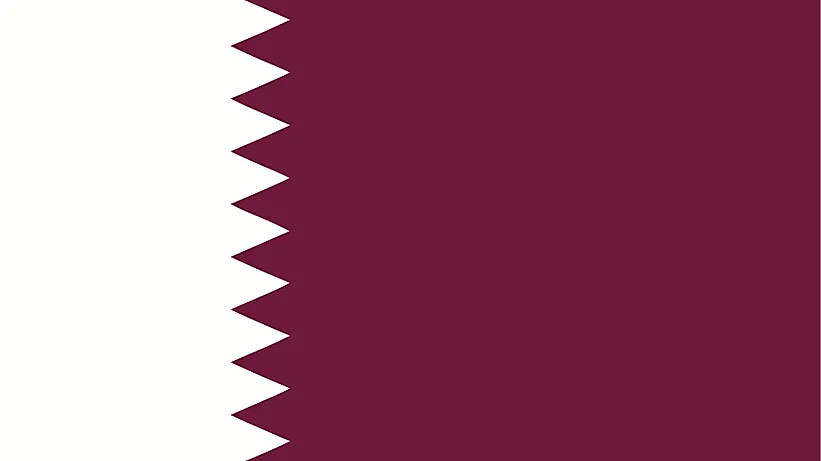
Qatar
| Continent | Asia |
| Capital | Doha |
| Population | 2,258,283 |
| GDP | $335.00 Billion |
| GDP per Capita | $129,700 |
| Dialing Code | +974 |
| ISO Code (2-letter) | QA |
| ISO Code (3-letter) | QAT |
About Qatar
Welcome to Qatar, a nation where tradition meets futuristic vision. With approximately 2.9 million people occupying 11,586 square kilometers, Qatar combines remarkable modern development with cultural preservation, standing as one of the world’s wealthiest nations per capita.
Geographic Features and Natural Beauty
Qatar’s geography encompasses a peninsula extending into the Arabian Gulf. The country features desert landscapes, limestone formations, and a long coastline dotted with natural beaches and mangrove forests.
The landscape includes the Inland Sea (Khor Al Adaid), where the desert meets the sea, and numerous coastal sabkhas (salt flats). The country’s desert environment supports unique wildlife adapted to arid conditions.
Protected areas include Al Reem Biosphere Reserve and various marine protected areas safeguarding dugongs and sea turtles. The country’s commitment to environmental protection focuses on desert conservation and marine ecosystem preservation.
Cultural Heritage and Traditions
Qatari culture represents a blend of Bedouin heritage and modern Islamic values. The country’s heritage includes traditional pearling, falconry, and distinctive architecture exemplified by the Museum of Islamic Art.
Traditional arts include textile weaving, pottery, and boat building. Cultural practices feature traditional music and dance, while poetry remains an important form of cultural expression.
Qatari cuisine combines Gulf Arab traditions with regional influences, featuring dishes like machbous and harees. The tradition of majlis gatherings and Arabic coffee ceremonies remains central to social life.
Historical Journey
Qatar’s history spans from ancient settlements through pearl trading to modern petroleum-based development. The country’s strategic location has influenced its development throughout history.
Significant periods include early Islamic settlements, Ottoman influence, British protection, and independence in 1971. The country’s rapid transformation since the discovery of oil and gas has shaped its modern identity.
Modern Economic Landscape
Today’s Qatari economy is built on natural gas exports and financial services. The country possesses the world’s third-largest natural gas reserves.
Recent initiatives focus on economic diversification through Qatar National Vision 2030, including investments in education, technology, and sustainable development. Qatar’s strategic location and infrastructure support its position as a global hub.
International Relations and Global Position
Qatar maintains active diplomatic engagement while hosting major international events and mediating regional conflicts. The country’s economic strength and diplomatic initiatives extend its global influence.
Did You Know?
• Qatar will be the first Middle Eastern country to host the FIFA World Cup?
• The country has one of the world’s highest per capita incomes?
• Qatar Airways is one of the world’s fastest-growing airlines?
• The Museum of Islamic Art houses one of the world’s most comprehensive collections of Islamic artifacts?
Conclusion
Qatar represents a unique combination of rapid modernization and cultural preservation. From its futuristic skyline to its traditional markets, from its global ambitions to its cultural heritage, Qatar continues to evolve while maintaining its distinctive identity. As it addresses challenges including sustainable development and economic diversification, Qatar remains committed to its vision of becoming a knowledge-based economy while preserving its Arab and Islamic values.





